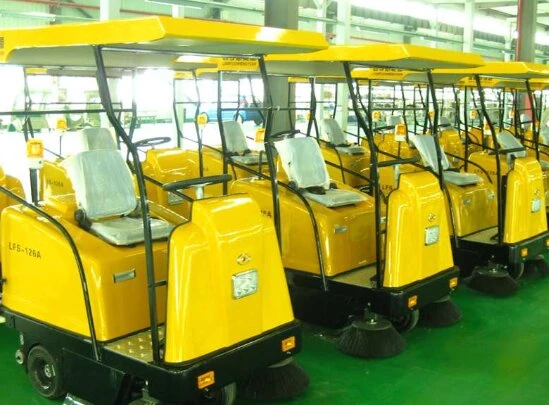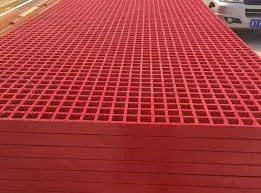
-
 Afrikaans
Afrikaans -
 Albanian
Albanian -
 Amharic
Amharic -
 Arabic
Arabic -
 Armenian
Armenian -
 Azerbaijani
Azerbaijani -
 Basque
Basque -
 Belarusian
Belarusian -
 Bengali
Bengali -
 Bosnian
Bosnian -
 Bulgarian
Bulgarian -
 Catalan
Catalan -
 Cebuano
Cebuano -
 China
China -
 China (Taiwan)
China (Taiwan) -
 Corsican
Corsican -
 Croatian
Croatian -
 Czech
Czech -
 Danish
Danish -
 Dutch
Dutch -
 English
English -
 Esperanto
Esperanto -
 Estonian
Estonian -
 Finnish
Finnish -
 French
French -
 Frisian
Frisian -
 Galician
Galician -
 Georgian
Georgian -
 German
German -
 Greek
Greek -
 Gujarati
Gujarati -
 Haitian Creole
Haitian Creole -
 hausa
hausa -
 hawaiian
hawaiian -
 Hebrew
Hebrew -
 Hindi
Hindi -
 Miao
Miao -
 Hungarian
Hungarian -
 Icelandic
Icelandic -
 igbo
igbo -
 Indonesian
Indonesian -
 irish
irish -
 Italian
Italian -
 Japanese
Japanese -
 Javanese
Javanese -
 Kannada
Kannada -
 kazakh
kazakh -
 Khmer
Khmer -
 Rwandese
Rwandese -
 Korean
Korean -
 Kurdish
Kurdish -
 Kyrgyz
Kyrgyz -
 Lao
Lao -
 Latin
Latin -
 Latvian
Latvian -
 Lithuanian
Lithuanian -
 Luxembourgish
Luxembourgish -
 Macedonian
Macedonian -
 Malgashi
Malgashi -
 Malay
Malay -
 Malayalam
Malayalam -
 Maltese
Maltese -
 Maori
Maori -
 Marathi
Marathi -
 Mongolian
Mongolian -
 Myanmar
Myanmar -
 Nepali
Nepali -
 Norwegian
Norwegian -
 Norwegian
Norwegian -
 Occitan
Occitan -
 Pashto
Pashto -
 Persian
Persian -
 Polish
Polish -
 Portuguese
Portuguese -
 Punjabi
Punjabi -
 Romanian
Romanian -
 Russian
Russian -
 Samoan
Samoan -
 Scottish Gaelic
Scottish Gaelic -
 Serbian
Serbian -
 Sesotho
Sesotho -
 Shona
Shona -
 Sindhi
Sindhi -
 Sinhala
Sinhala -
 Slovak
Slovak -
 Slovenian
Slovenian -
 Somali
Somali -
 Spanish
Spanish -
 Sundanese
Sundanese -
 Swahili
Swahili -
 Swedish
Swedish -
 Tagalog
Tagalog -
 Tajik
Tajik -
 Tamil
Tamil -
 Tatar
Tatar -
 Telugu
Telugu -
 Thai
Thai -
 Turkish
Turkish -
 Turkmen
Turkmen -
 Ukrainian
Ukrainian -
 Urdu
Urdu -
 Uighur
Uighur -
 Uzbek
Uzbek -
 Vietnamese
Vietnamese -
 Welsh
Welsh -
 Bantu
Bantu -
 Yiddish
Yiddish -
 Yoruba
Yoruba -
 Zulu
Zulu
Feb . 04, 2025 04:59
Back to list
Rectangular Tanks
In the realm of engineering and construction, molded grating has emerged as an indispensable component, offering a perfect blend of durability, versatility, and reliability. Molded grating, made from composite materials such as fiberglass, resins, and thermoplastics, provides an ideal solution for environments where traditional metal grates fall short. Its unique properties cater to industrial spaces requiring enhanced safety, reduced maintenance, and long-lasting performance.
Authoritativeness in molded grating production and implementation is showcased through adherence to stringent quality standards in manufacturing processes. Most manufacturers conform to globally recognized standards such as ASTM, ANSI, and ISO, ensuring that each piece of molded grating meets specific criteria for durability and performance. These standards not only enhance the reliability of molded grating but also build trust with clients who depend on these products for critical infrastructure projects. Trustworthiness is cemented through the innovative base of molded grating technology. Manufacturers invest heavily in research and development to continuously improve the quality and performance of molded gratings. By incorporating advanced technologies and materials, manufacturers provide solutions that address diverse needs while ensuring environmental stewardship. The use of non-toxic and eco-friendly materials in molded grating production aligns with current sustainability goals, further cementing its role as a responsible choice for modern industry professionals. Professionals utilizing molded grating appreciate its versatility; the product is available in various sizes, thicknesses, and colors to suit specific requirements, offering unmatched adaptability for custom solutions. This adaptability allows businesses to deploy molded grating in diverse applications—from personal protective enclosures and trench covers to large industrial platforms—without compromising on safety or functionality. In conclusion, molded grating transcends traditional grating solutions through its impressive amalgamation of strength, safety, and economy. Its widespread application across various industries speaks volumes about its efficiency and enduring appeal. By meeting the highest standards of Experience, Expertise, Authoritativeness, and Trustworthiness, molded grating continues to lead the market as a pivotal material, equipped to tackle the future's complex engineering challenges with confidence.


Authoritativeness in molded grating production and implementation is showcased through adherence to stringent quality standards in manufacturing processes. Most manufacturers conform to globally recognized standards such as ASTM, ANSI, and ISO, ensuring that each piece of molded grating meets specific criteria for durability and performance. These standards not only enhance the reliability of molded grating but also build trust with clients who depend on these products for critical infrastructure projects. Trustworthiness is cemented through the innovative base of molded grating technology. Manufacturers invest heavily in research and development to continuously improve the quality and performance of molded gratings. By incorporating advanced technologies and materials, manufacturers provide solutions that address diverse needs while ensuring environmental stewardship. The use of non-toxic and eco-friendly materials in molded grating production aligns with current sustainability goals, further cementing its role as a responsible choice for modern industry professionals. Professionals utilizing molded grating appreciate its versatility; the product is available in various sizes, thicknesses, and colors to suit specific requirements, offering unmatched adaptability for custom solutions. This adaptability allows businesses to deploy molded grating in diverse applications—from personal protective enclosures and trench covers to large industrial platforms—without compromising on safety or functionality. In conclusion, molded grating transcends traditional grating solutions through its impressive amalgamation of strength, safety, and economy. Its widespread application across various industries speaks volumes about its efficiency and enduring appeal. By meeting the highest standards of Experience, Expertise, Authoritativeness, and Trustworthiness, molded grating continues to lead the market as a pivotal material, equipped to tackle the future's complex engineering challenges with confidence.
Next:
Related Products









